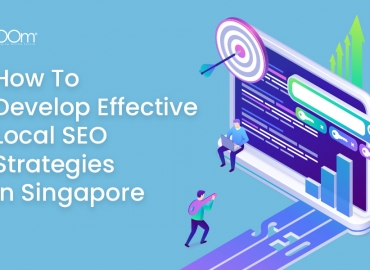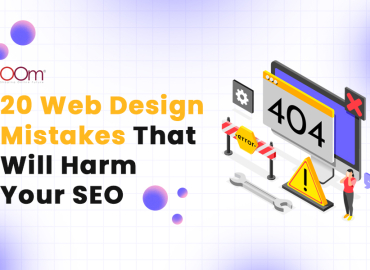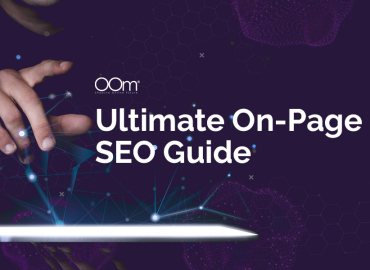We live in a world where if there’s something we want, we’ll get it in the most convenient way possible. This applies to our everyday actions such as the usage of mobile phones, working via desktop, and other technology-related scenarios.
Why is speed essential?
People are accustomed to the convenience of speed and performance, and it’s for a good reason. Who wouldn’t want to use a mobile device that is as quick and responsive as the speed of light? Every second counts, especially if your patience is limited.
For a user-friendly experience, websites are expected to run at peak performance. It’s to give the pleasure and satisfaction of a streamlined experience no matter what device you’re using.
No one enjoys the poor experience of having to go through multiple delays due to slow loading times. Even the most patient people won’t tolerate a poorly performing website. This is why your website’s performance is essential for engaging with customers. You can give your customers the convenience of faster loading times.
Faster websites will give users a smoother and more streamlined experience. You can see for yourself once you’ve visited a poorly performing website. It’s annoying, isn’t it? To visit a page that can take 10 to 20 seconds to fully load is amateurish at best.
Remember, a slowly performing website can cost you a handful of customers, encouraging them to visit your rival’s page instead. Increase the speed of your website to make sure your customers will appreciate the effort. Here are ways on how you can improve your page’s performance.
1. Build your website for both desktop and mobile use
It’s no wonder why everyone owns a phone. Everything is almost within reach with the use of a phone. Make every mobile user’s life easier by creating a website that’s optimal for not only desktops but for mobiles. Doing so will reduce any unnecessary dependencies of your website.
2. Compress images
Adding a few images is essential since it improves the quality of your content. But you have to make sure the images are compressed with major size reduction. One image can take a lot of your page’s space and memory. Appropriately size each photo without sacrificing quality. You can adopt image formats such as JPeg XR and WebP to reduce image size by 20 to 50 percent.
3. Utilise web caching
Web caching is a form of temporary storage for websites to improve overall performance. Every time a user visits your site, the cached version will commence unless it has been changed since its last cache. Improve your website by enabling a caching feature to save time and make everything perform faster.
4. Reduce on-page components
Most of the time spent for loading a web page relies on loading images, stylesheets, and scripts. An HTTP request is linked to each of these elements, so the more components there are available, the longer it will take for your page to load.
5. Eradicate useless plugins
Since most websites use WordPress as the standard template, there’s the option to use as many plugins as you can. However, this shouldn’t be encouraged since multiple plugins can significantly hamper your website’s loading speed. While some plugins are tempting to use, use only those that are valuable. Remove any unnecessary plugins to improve your page’s speed.
6. Test your site
Like most products, you have to test and see if your website is performing well. After you’ve optimised every image, plugin, extension, etc., test out your website by using software tools such as Blitz or BlazeMeter.
By testing your site, you can also have a quick overview of its elements and factors that cause it to slow down. You can gather enough data to discover the cause of your website’s slow performance as you improve its weaknesses afterwards.
7. Use a better host
Most of the time, the slow loading times of a website can be attributed to its host. If this is the case, there are three popular types of hosting available: Shared hosting, Virtual Private Servers (VPS), and Dedicated Server.
The most popular type, however, is shared hosting. It’s the cheapest way, but it’s also the riskiest. You’ll share hosts with other websites. Try to avoid this at all costs unless truly necessary.
The most expensive type of hosting is using a dedicated server. It may be expensive, but it’s also the safest and probably most guaranteed option out of the others.
Focus on your website to give your customers a better experience overall. A better website will create satisfaction for users, giving you more chances of gaining customers!
For more online tips and SEO services in Singapore, contact OOm. We’re a digital marketing agency in Singapore with a diverse range of services for you to benefit from.





